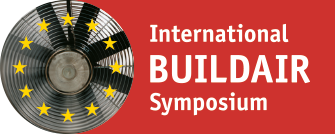Purpose of the work
Since 2008 in France, all measurement of building envelope airtightness performed according to the EP-regulations have to be performed by a certified operator. This certification includes a yearly follow-up we use to build up a highly detailed database which includes data of about 90,000 airtightness measurements.
Method of approach
The database concerns mainly residential buildings – more than 51,200 single-family houses, 34,200 multi-family dwellings and about 3,600 non-residential buildings-, mostly build since 2010 in concrete, brick or wood.
Content of the contribution
This paper presents analysis of the evolution of the envelope airtightness of buildings since the creation of the French label BBC-Effinergie first, then the introduction of the EP-calculation airtightness requirement in 2013. Various graphs show first of all the important improvement of envelope airtightness within the last few years, and then question the uncertainty of the measurements regarding the distribution of the results for single-family houses since the introduction a regulatory limit-value.
An analysis of the location of the leaks has been carried out from the operators’ declarations according to 46 defined categories of leaks. The most frequently identified leaks concern rolling shutter casings and crossing floors and walls for multi-family dwellings, and electrical grids built on external wall and also crossing floors and walls for single-family houses. This analysis also let us to identified some specifics leaks locations which seem to have an important impact on houses airtightness, as leaks between wall, roof and floor junctions.
The last analysis presented in this paper addresses the issue of the seasonal variation of the results. According to the measurements performed in France on single family houses, the month during which the measurement is performed has no impact on the measurement result.
Note
For more information, please contact the reference author at: adeline.melois@©erema.fr





